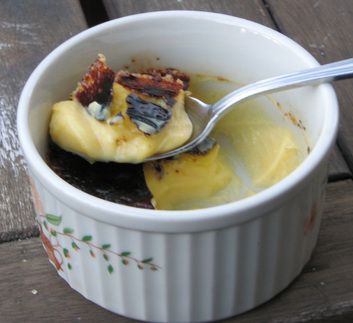
A few weeks ago Honey and I had dinner at a french bistro. We had routinely walked past it in favor of other, more familiar restaurants since it opened about 3 years ago. In a fit of adventurousness we decided to give it a try. We walked in and the hostess had a rather strong accent such that I had some trouble understanding her. Then our waiter had an accent and I could hear wisps of Gallic conversation coming from the kitchen. Wow! This place actually is staffed by real French people! The food was wonderful: pork for him, duck confit for me (we all know how much of a fan of duck I am). The wine pairings were impeccable, but what truly stood out for me was the crème brulee.
This dessert was smooth, silky, with more of a custard quality to it than other crème brulees (cremes brulee?) I’ve had before. This crème brulee blew away all the others I’d ever tasted. As I spooned the custard reverently into my mouth I became convinced that the key was a higher egg to cream ratio than “ordinary” “american” cremes brulee, such as those served in steakhouses. Yes, a quality steakhouse can serve a fabulous crème brulee, but this one was a revelation. These French people know their business.
Oh, and I had promised you a food high in vitamin D. This is it! Aside from oily fish (which make dubious dessert ingredients) and artificially enriched dairy, egg yolks naturally contain vitamin D. Crème Brulee, the most delicious health food around! Click to read more -------------------->
This dessert was smooth, silky, with more of a custard quality to it than other crème brulees (cremes brulee?) I’ve had before. This crème brulee blew away all the others I’d ever tasted. As I spooned the custard reverently into my mouth I became convinced that the key was a higher egg to cream ratio than “ordinary” “american” cremes brulee, such as those served in steakhouses. Yes, a quality steakhouse can serve a fabulous crème brulee, but this one was a revelation. These French people know their business.
Oh, and I had promised you a food high in vitamin D. This is it! Aside from oily fish (which make dubious dessert ingredients) and artificially enriched dairy, egg yolks naturally contain vitamin D. Crème Brulee, the most delicious health food around! Click to read more -------------------->
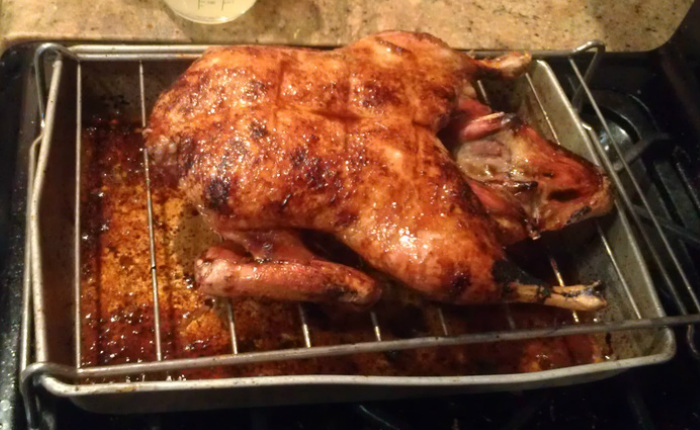
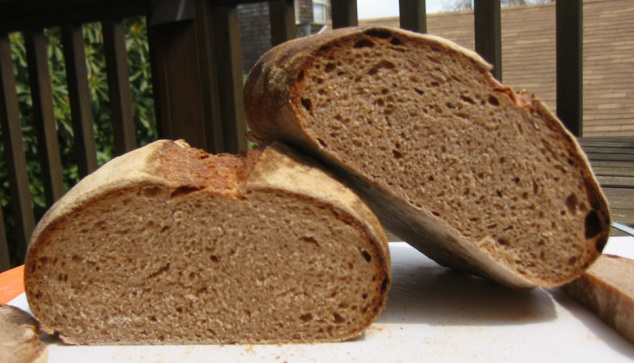
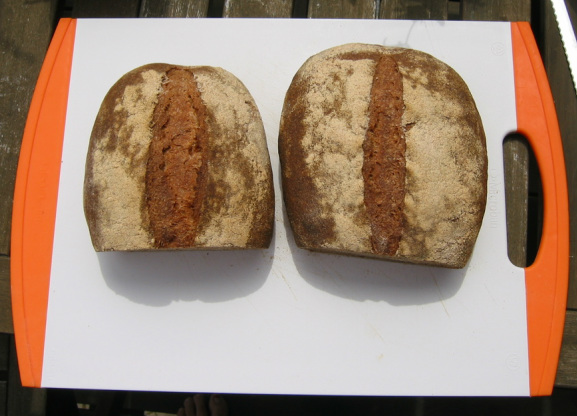
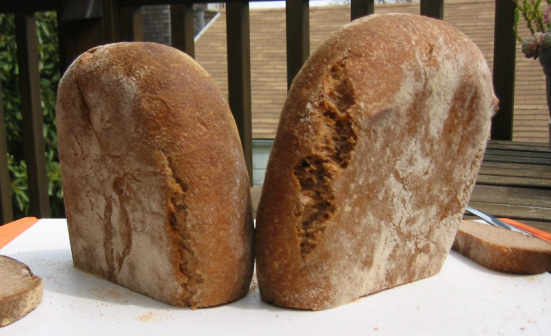

 RSS Feed
RSS Feed